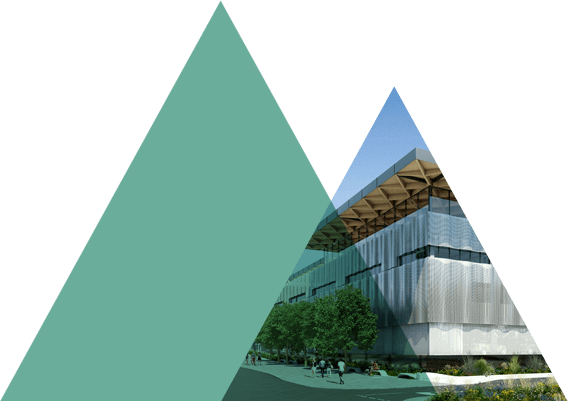British Researchers Combatting Space Junk Ahead of Christmas

The expanding clutter in space, driven by an influx of orbiting satellites, poses a significant challenge. This surge in space traffic is accelerating the build-up of discarded satellite parts, rocket remnants, and other fragments of debris, threatening critical spacecraft. Committed to tackling this issue, experts at the University of Warwick are studying these burgeoning hazards to safeguard our satellite infrastructure – and of course, make the path clear for Father Christmas.
At the forefront is the Warwick Centre for Space Domain Awareness (CSDA), a collaborative hub of scholars exploring sustainability in the context of the near-Earth environment. Leveraging diverse expertise from a variety of groups across the University, the CSDA’s astronomers employ telescopic observations to track space debris, analyse their characteristics, and predict their trajectories, enhancing awareness of the risks posed to operational satellites.
The CSDA conducts deep surveys targeting the geosynchronous region, approximately 36,000 kilometres above the Equator, where satellites occupy specific orbital slots synchronised with Earth’s rotation. They also monitor objects in low Earth orbit, where artificial debris densely populates the space environment.
Dr. James Blake, a Research Fellow at the University of Warwick, said, “Space debris encircling Earth originates from various sources: satellites transitioning to debris post-mission, abandoned rockets undergoing orbital explosions after prolonged periods, collisions generating clouds of fragments, and the harsh space environment causing satellite deterioration, shedding insulation and paint.”
“These remnants hurtle at incredible speeds, covering kilometres every second. Even very small objects can cause mission-fatal damage to operational satellites, leading to disruptions both in space and on the Earth. Detecting debris remains a huge challenge for ground-based surveillance systems due to the intrinsic faintness of the objects, indeed the vast majority of dangerous debris remains invisible to us.”
Blake underscores the utility of telescopic data from Warwick’s facilities on La Palma, Canary Islands, providing precise measurements of position and brightness over time, both key to understanding the nature of the objects and their potential impact on the surrounding environment.
He adds, “Innovative initiatives exploring satellite recycling and debris removal in space are under development. However, such missions, involving close proximity or docking with the target objects, carry inherent risks of inadvertently generating more debris. Vigilant monitoring of these missions is crucial to mitigate unforeseen incidents.”
“Our telescopes have observed Northrup Grumman’s Mission Extension Vehicles docking with satellites in the geosynchronous region. At such proximities, distinguishing between the target and servicer spacecraft becomes exceptionally challenging due to their small angular separation. Many observational challenges persist, and we are working hard to identify and develop the best tools and techniques for the job.”

